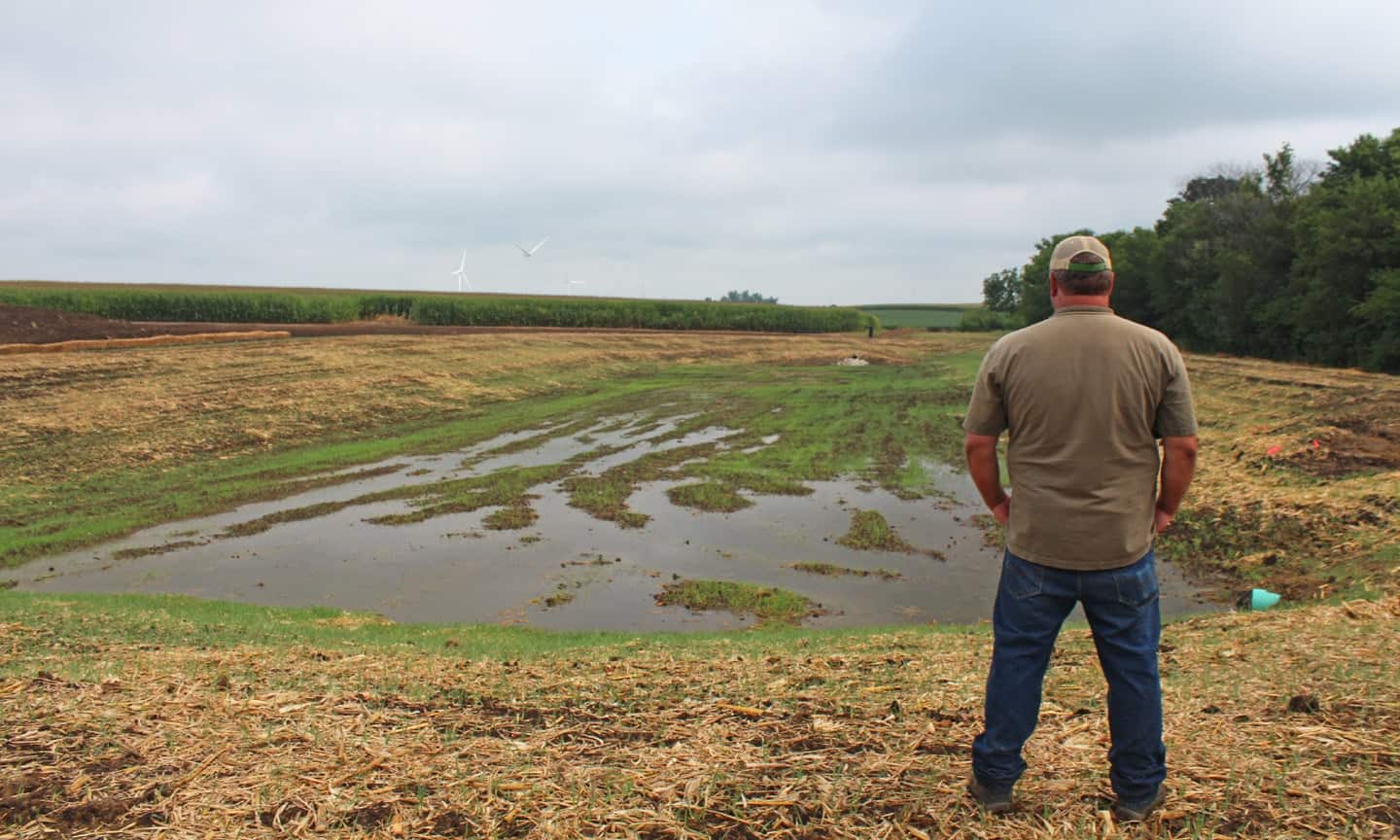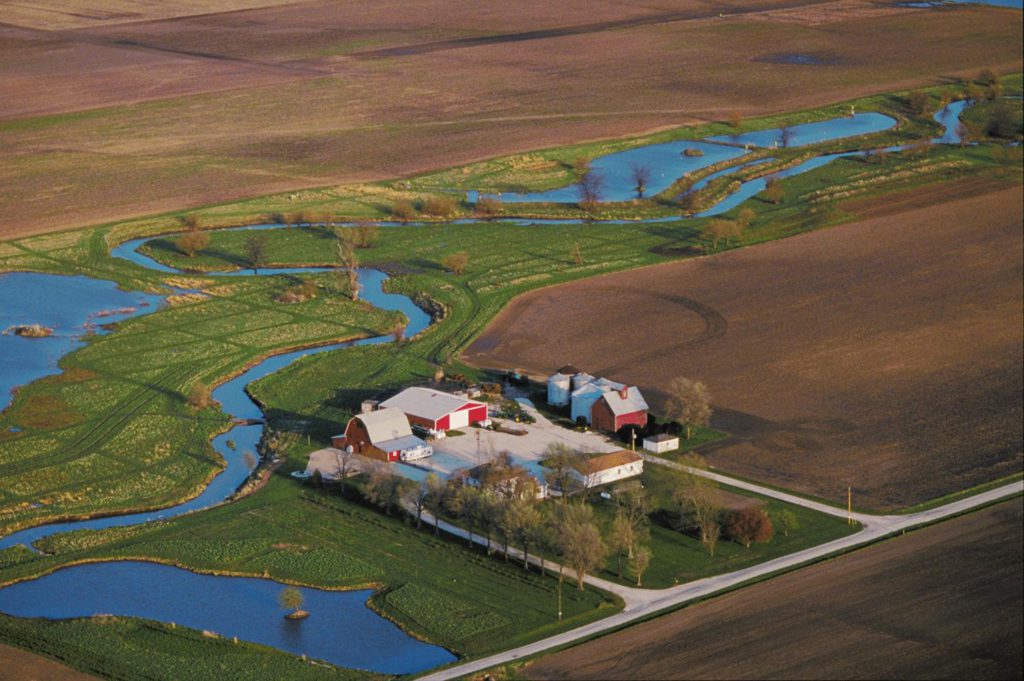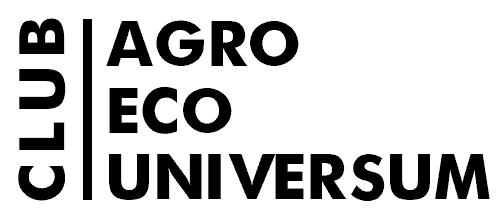Incentives to treat wastewater

The construction of wetlands is so effective that it is supported at the state level
In agricultural catchments, intensified production with more efficient field drainage and increased fertilizing lead to increasing of suspended solids and nutrients, which has contributed to the degradation of water quality in water bodies. Major factors affecting the diffuse loading from agricultural catchments are their (i) land use, (ii) slope gradients (iii) soil properties and (iv) cultivation practices. The more there is agricultural land, steep slopes and fine-grained soils, the higher the loading. The main polluting characteristic of agricultural stocks is phosphorus (P) and nitrogen (N).
By building wetlands (learn more about the building of constructed wetlands in this article) it is possible to bring back some of the lost capacity of agricultural catchments to retain floods, erosion and nutrient transport. Сonstructed wetlands due to their physical, chemical and biological characteristics are able to effectively clean agricultural runoff (sediment and P retention can reach 60-70%).
In Finland and in some other EU countries like Sweden, Denmark and the Netherlands, incentives are in use to support the construction of wetlands. The efficiency of these incentives to reach the targets of wetland construction and the desired environmental effect needs to be evaluated for each country. The countries may also learn from each other.
Wetland construction involves several groups of people and organizations from the farm level through agricultural advisors and planners to regional and national level administration. The experience of Finland shows that the most widespread projects for the building of constructed wetlands, on the initiative of local landowners and farmers. Motivating factors for farmers who have applied support for wetland construction include improving water quality in a nearby lake, improvement of the landscape, recreation and hunting. However, even despite the significant financial support from the state (up to 450 euros per hectare), which was provided to farmers at the design and construction stages, additional incentives are needed. Establishment of a wetland requires consent of the neighbours, and in order to construct a larger wetland, co-operation between several landowners is required. In some cases relationship between neighbours has been a positive driving force and in some other cases wetland projects have not come true because of a single landowner being against the project. Hunters’ organizations promote wetlands for biodiversity and especially waterfowl species. Many farmers belong to local hunters’ association, and their motive for constructing wetlands is related to hunting.

Example of constructed wetland for agricultural wastewater treatment
Finnish experience also shows that the popularization of positive examples of the construction of wetlands contributes to the public interest and the development of this extremely environmentally friendly industry. Some regions have their own wetland expert, an active individual, who advises both civil servants and farmers. These exceptional individuals have a vision of a larger area and how a combination of wetlands could function together. They also talk to farmers and promote wetlands. A countrywide network of wetland experts could be created to promote them and help in their construction. Several projects have been established in Finland in order to provide advisory services and plan wetlands. Some projects also finance them and provide support to landowners during the entire project up to supervising the construction work.
As the study showed, the construction of wetlands requires coordination at several public levels and additional state support. However, the benefits are invaluable: artificial bogs are a very effective way to maintain water quality in agricultural regions, increase biodiversity and stability of adjacent ecosystems. Individual initiatives are necessary and extremely valuable.
Full Text:
https://content.sciendo.com/downloadpdf/journals/jwld/17/1/article-p19.xml
